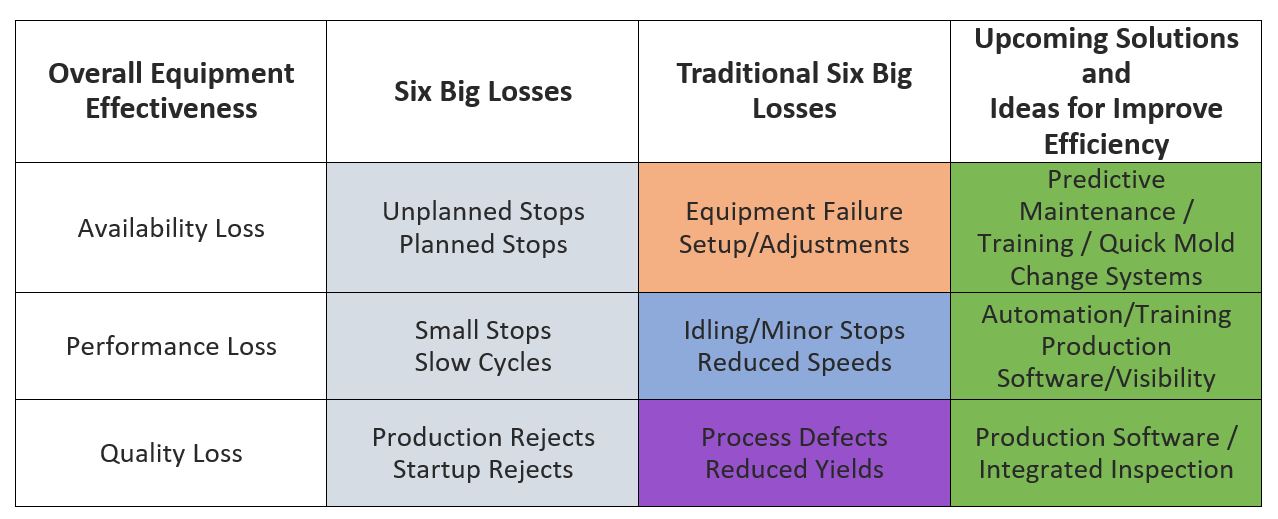
January 11, 2023
Overall Equipment Effectiveness
What Is OEE And Why Is It So Important?

Overall Equipment Effectiveness (OEE) continues to gain in popularity as manufacturers seek to quantify plant, manufacturing line, and machine-level performance, finding ways each area can be improved.
By providing valuable data to manufacturers at the machine, assembly line and plant level, they can produce the highest quality products at the lowest cost within the challenging constraints of short lead times.
OEE and comparable manufacturing metrics also fuel the development of advanced analytics and business intelligence (BI)-based software that includes the next generation of Manufacturing Intelligence applications.
Today, OEE is the gold standard KPI for manufacturers in various industries.
How Do You Measure OEE?
- You can measure OEE by identifying the amount of manufacturing time in your organization that is genuinely “effective.” Usually, OEE provides you with a percentage score. If you generate a 100 percent score, for example, you can say that you have achieved the highest level of operational efficiency.
- If you score between 50-100 percent, you must improve your production processes. Score lower than that, and it could be time to rethink how you manufacture your products.
- Maintaining an OEE of 85% is an excellent efficiency level and is considered world-class, but it is challenging to achieve it.
The measurement of OEE in its simplest term is
Availability x Performance x Quality = OEE

Why is OEE Useful?
- OEE provides you with accurate insights into the availability, performance, loading, and quality of manufacturing units like injection molding machines and production lines.
- The OEE calculation considers various factors that could impact the effectiveness of your machinery, such as production bottlenecks, downtime, minor stops, rejects, and more. You can then use this information to improve production processes and plan yearly maintenance.
Where to Start?
In a manufacturing process, on-time delivery is hampered by inaccurate inventory levels, machine downtime, and other losses.
The exact list of available losses varies by process and company. However, a good start is identifying the most common failure causes and seeing how to group them together.
The highest-performing manufacturers realize that OEE’s most significant value comes from its ability to help stabilize production and establish accurate performance baselines.
OEE excels at quantifying availability, performance, and quality for machines and assets, enabling comparisons across production centers.
Understanding the six big losses as causes of OEE inefficiencies will allow the implementation of a plan to improve operations.

Ultimately, OEE aims to reduce waste (production losses), lowering costs and improving productivity.
In the coming weeks, we will focus on the six big losses and where improvements can be made in the manufacturing process. We look forward to sharing these solutions.
